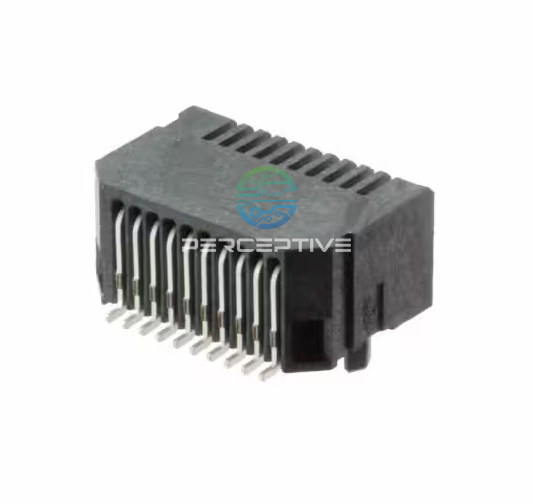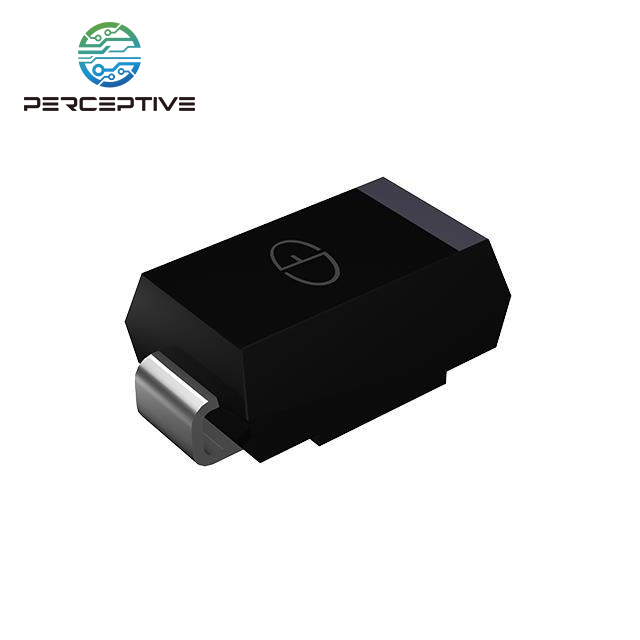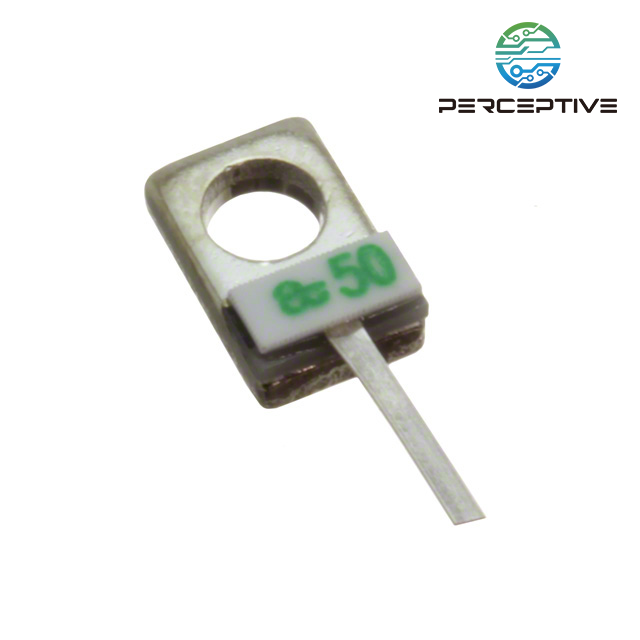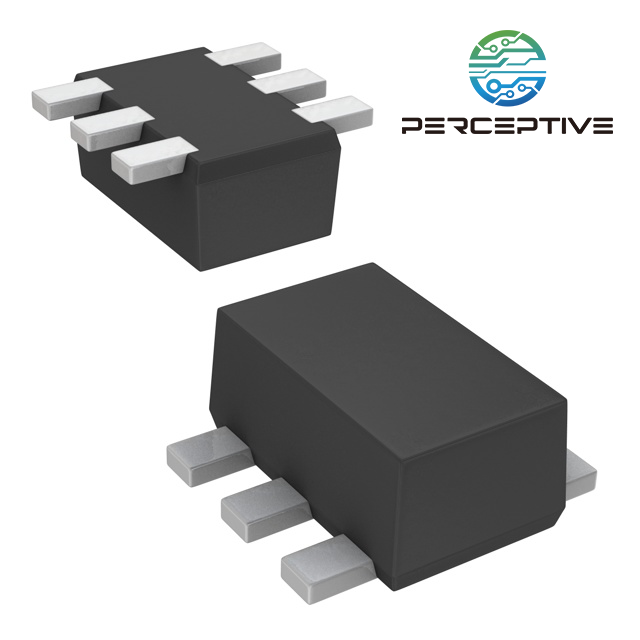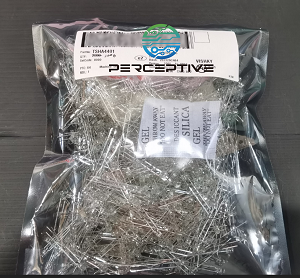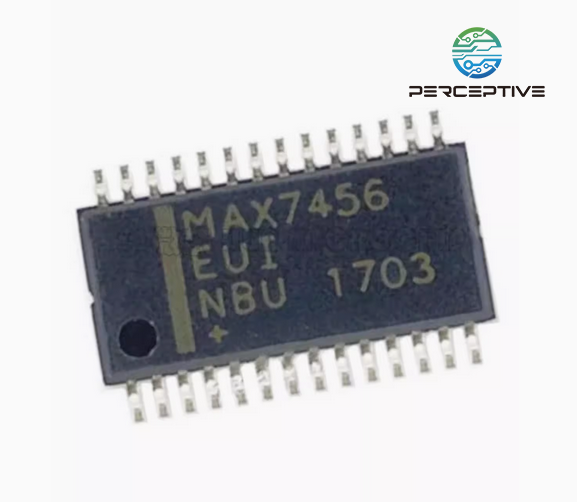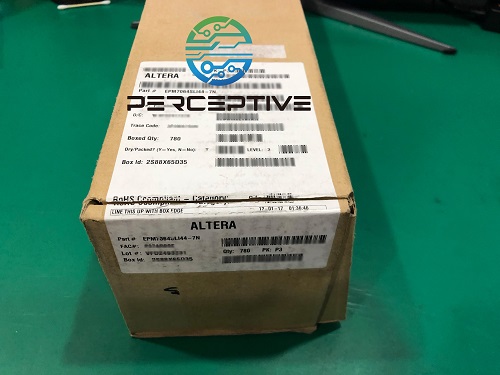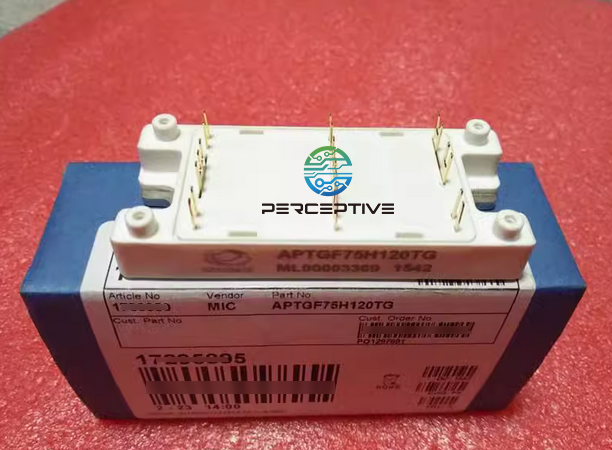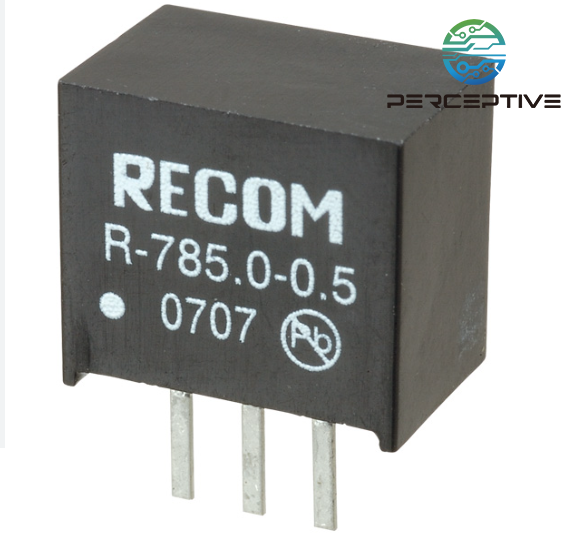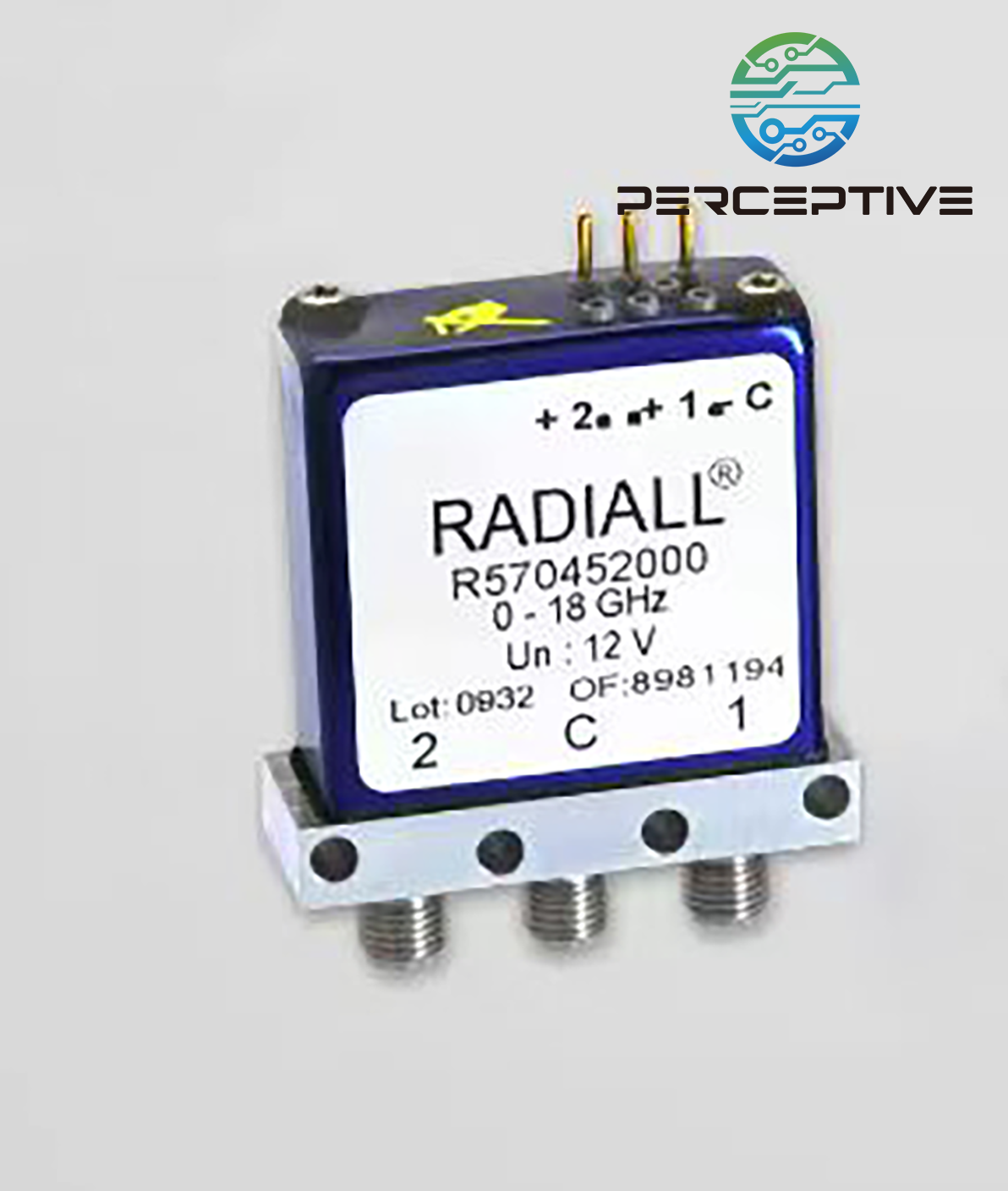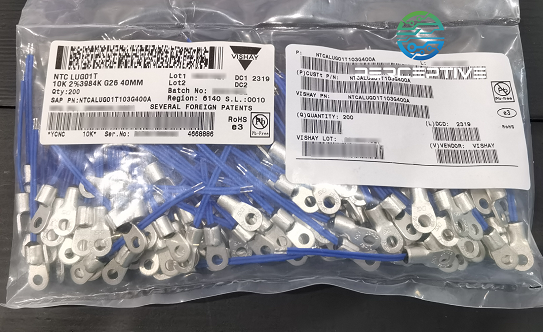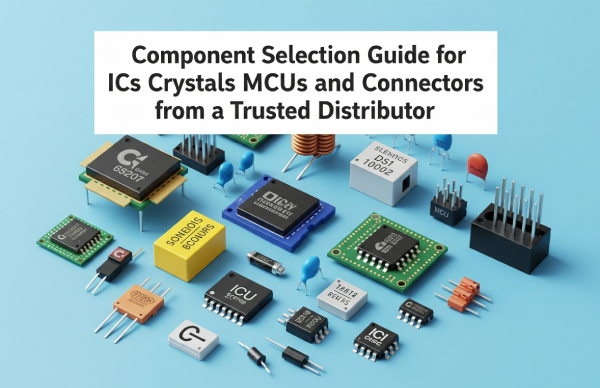Integrated circuit technology has brought broad and diverse applications in the field of medical electronics.
Development of electronic medical equipment
At present, integrated circuits are used in four key electronic medical field equipment, namely medical imaging equipment, medical instrument equipment, consumer medical equipment, diagnostic and patient monitoring and treatment equipment. In these four fields, especially consumer medical equipment needs to achieve the goals of intelligence, miniaturization, low power consumption, and high resolution through advanced integrated circuit technology.
The overriding goal of medical devices has always been to make healthcare accurate, effective, accessible, and affordable, while making treatments safer and less invasive. These improvements focus on using less power in a smaller form factor and safely delivering the signal to its destination. Sensors, analog-to-digital converters, radio frequency and microcontrollers are all key factors. The same goes for image and signal processing, and increasingly artificial intelligence is being added to these systems to make monitoring and diagnostic tasks easier, faster, and hopefully more accurate than humans can perform.
Chip-Enabled Medical Devices
Chips for the consumer market often differ in terms of cost, accuracy and reliabilch as wearable monitors.
Integrated circuits can be divided into two categories: digital and analog integrated circuits. Both of these ICs are widely used in medical equipment. Digital ICs Components such as microprocessors, FPGAs, memory (RAM, ROM, and flash memory) and digital ASICs maximize circuit density. Analog ICs are used in operational amplifiers, linear regulators, phase-locked loops, oscillators, and active filters. Analog ICs are more concerned with the physical characteristics of semiconductor devices, such as gain, matching, power dissipation, and resistance. The fidelity of analog signal amplification and filtering is critical. As a result, analog ICs use larger active device areas than digital IC designs and typically have lower circuit densities.
Almost all types of chips, including digital ICs and analog ICs, from MEMS to DSPs and FPGAs, are widely used in medical equipment, and more and more chips have built-in security. In current medical equipment, ASIC has been widely used because it can meet the customization requirements, and it can be designed to suit the exact needs of the system and function. Typical applications include X-ray counting ICs for computed tomography, hearing aids (digital ICs with µC, DSP and audio engine; mixed-signal ICs with supporting functions such as ADC, DAC, microphone IF, power supply), Continuous temperature measurement (for patient monitoring, pregnancy control and transportation of medical supplies, etc.) and blood analysis such as blood glucose and coagulation.
FPGAs are widely used in rapidly changing fields, and the advantages of "advancing with the times" make programmable FPGAs and SoCs widely used in medical equipment and applications. FPGAs and adaptive SoCs are used in a variety of scenarios, including medical ultrasound, digital X-Rays, CT, MR, and PET scanners, as well as in diagnostic, surgical, and other clinical equipment.
When it comes to medical electronic IC, we have to mention 3D IC, that is, three-dimensional integrated circuit. 3D-ICs integrate different processing, memory, radio frequency, sensors, and other functional blocks onto multiple stacked silicon chips, connected by some type of connector, such as through-silicon vias. Such chips save space, but their complexity makes design and integration problems more difficult. The medical field is the target market and technology driver of 3D integrated circuits, and they have high requirements on the size of the shape, power, energy consumption sources, thermal energy and electromagnetic effects. Although the overall market size is not as large as that of consumer electronics, as the population ages, the market size is also growing.
Currently, the primary uses of electronic medical devices are research, collection of public health data, maintenance and access to patient records, and patient care. But as devices move toward monitoring, diagnosing or treating them through surgery or other treatments, such as drug delivery and nerve stimulation in neurotechnology, the use of semiconductors in these devices is expanding.
Medical chips are a series of chips and innovations used"box-sizing: border-box; color: rgb(33, 37, 41); font-family: -apple-system, BlinkMacSystemFont, " segoe="" helvetica="" noto="" liberation="" apple="" color="" ui="" background-color:="" font-size:="">If you need products, please send us BOM at any time!

